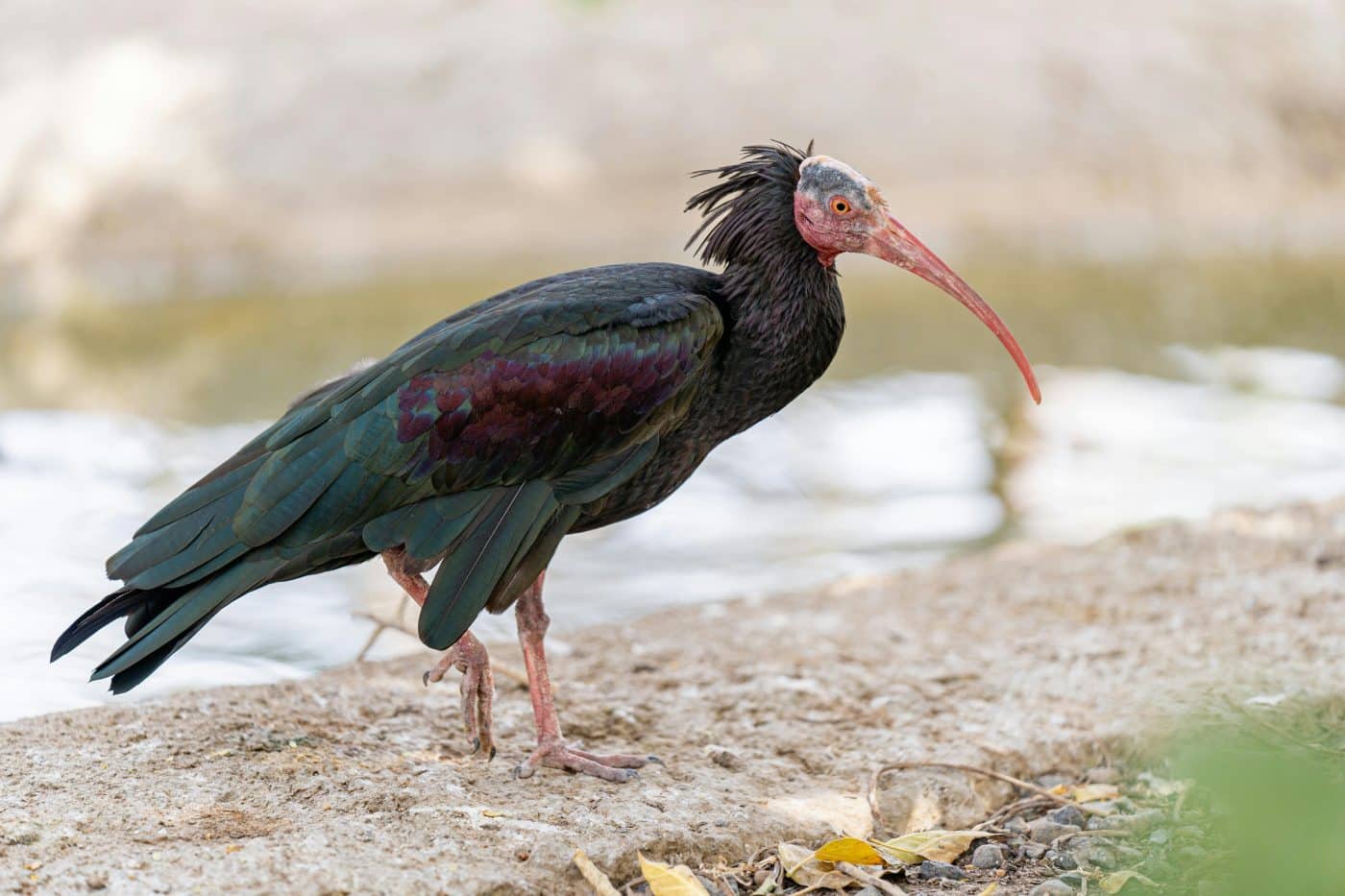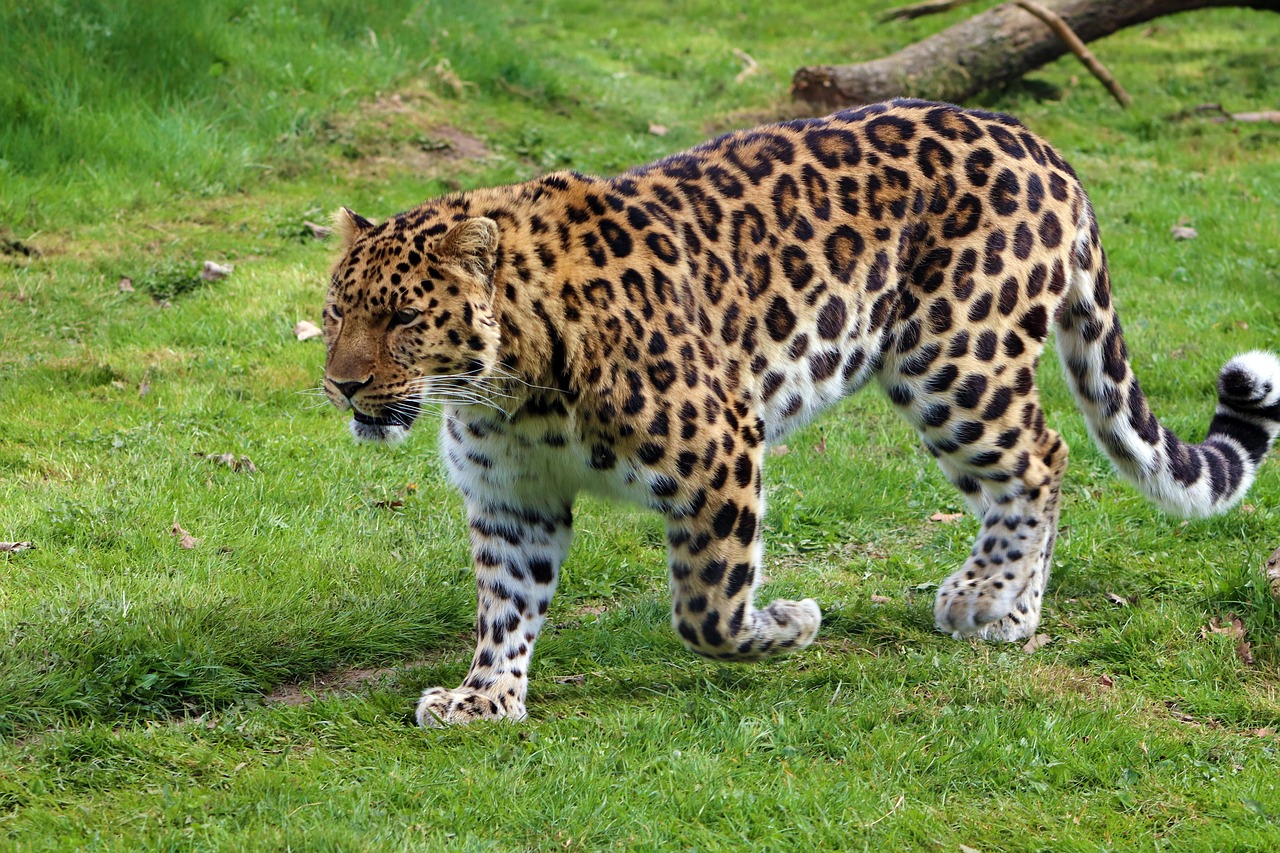 Shutterstock
Shutterstock
There are several remarkable animals that are barely hanging on in the natural world. These creatures are incredibly rare, and their survival depends heavily on conservation efforts that aim to combat the numerous threats they face. Whether due to habitat loss, poaching, or climate change, these species’ populations are in steep decline. As their numbers dwindle, the urgency to protect them becomes even more critical, for we risk losing some of the world’s most fascinating and unique creatures.
Javan Rhino
 Shutterstock
Shutterstock
The Javan rhino is one of the rarest large mammals on Earth, with fewer than 75 individuals remaining in the wild. These rhinos are found only in the Ujung Kulon National Park on the island of Java, Indonesia. They face the combined threats of habitat destruction, poaching, and climate change, which have pushed them to the brink of extinction. Conservationists are working hard to protect the remaining rhinos, but their survival remains uncertain due to their small population and limited range.
Amur Leopard
 Shutterstock
Shutterstock
The Amur leopard, native to the Russian Far East and parts of China, is one of the most endangered big cats, with fewer than 100 individuals remaining. Habitat destruction, poaching, and a loss of prey species have all contributed to the Amur leopard’s decline. This elusive and solitary cat requires a vast and undisturbed territory to survive, but much of its habitat is being cleared for agriculture and development. Conservationists are working to create protected areas and reduce illegal hunting, but the Amur leopard’s future is still in doubt.
Sumatran Orangutan
 Shutterstock
Shutterstock
The Sumatran orangutan is critically endangered, with fewer than 15,000 individuals remaining in the wild. Native only to the island of Sumatra, this species faces major threats from deforestation due to palm oil plantations, illegal logging, and human encroachment. The loss of their forest habitat is pushing the orangutans toward extinction, making their survival increasingly uncertain. Efforts to protect their habitats and establish sanctuaries are ongoing, but illegal logging continues to undermine these conservation efforts.
Sunda Pangolin
 Shutterstock
Shutterstock
The Sunda pangolin, native to Southeast Asia, is one of the most trafficked animals in the world due to its scales, which are believed to have medicinal value. With habitat destruction and illegal hunting taking a severe toll, the species is now critically endangered. Conservation efforts are underway to protect pangolins from poaching and raise awareness of their ecological importance.
Axolotl
 Shutterstock
Shutterstock
The axolotl, a species of salamander native to lakes near Mexico City, is unique in its ability to regenerate limbs and other body parts. Unfortunately, this remarkable ability hasn’t protected the axolotl from habitat loss and pollution. Once abundant in the wild, the axolotl now faces critical endangerment, with only a few individuals left in their native habitats. Conservationists are working to restore their environment and protect remaining populations, but their future depends on significant habitat restoration and legal protection.
Northern Bald Ibis
 Shutterstock
Shutterstock
The northern bald ibis, once widespread across Europe, the Middle East, and North Africa, is now a critically endangered species. Habitat loss, disturbance, and hunting have drastically reduced its numbers, and the bird’s population is now confined to a few small regions. Conservationists are working on captive breeding and reintroduction programs, as well as habitat restoration, to help save the northern bald ibis from extinction.
Pygmy Three-Toed Sloth
 Shutterstock
Shutterstock
The pygmy three-toed sloth, found only on the small island of Isla Escudo de Veraguas off the coast of Panama, is one of the most endangered sloth species in the world. With fewer than 100 individuals remaining, its small population is threatened by habitat loss, rising sea levels, and human activity. Conservationists are working to protect the island’s ecosystem and ensure the sloths’ survival.
Forest Owlet
 Shutterstock
Shutterstock
The forest owlet is a critically endangered species native to central India. This owl was rediscovered in 1997 after being thought extinct for over a century. Habitat destruction, deforestation, and human encroachment have severely impacted its population. Despite these challenges, there is hope for the forest owlet’s survival through continued conservation efforts and habitat restoration.
Hawksbill Sea Turtle
 Shutterstock
Shutterstock
The hawksbill sea turtle, known for its beautiful, colorful shell, is critically endangered due to illegal trade in its shells, habitat loss, and the impacts of climate change. Once widespread across tropical and subtropical oceans, its population has drastically declined in recent decades. With only a few thousand individuals left, conservation organizations are focused on protecting nesting sites, preventing illegal trade, and reducing human impact on their marine habitats to ensure the survival of these graceful sea creatures.
Hanging On By A Thread
 Shutterstock
Shutterstock
These rare and remarkable animals are barely hanging on, with extinction looming large for each of them. Habitat destruction, poaching, and climate change are putting immense pressure on their populations. Without urgent conservation efforts, many of these species may disappear in the coming years. However, dedicated conservationists continue to work tirelessly to protect them, and there is hope. By supporting these efforts and addressing the threats these creatures face, we can ensure their remarkable survival stories endure for future generations.
 Toledo, United States.
Toledo, United States.